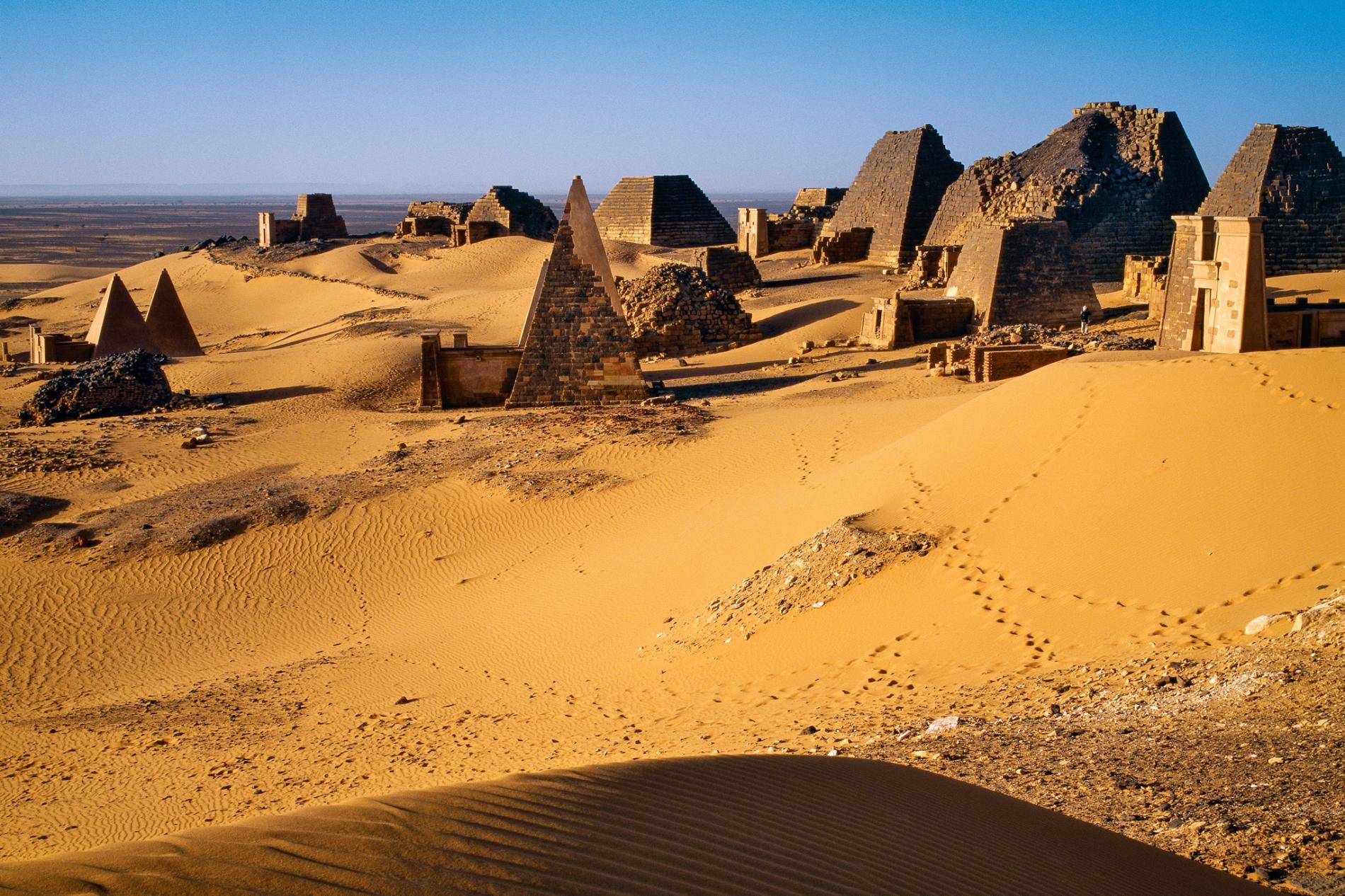For over 1000 years, the Kingdom of Kush defined what today’s northern Sudan is. This kingdom left a legendary legacy of helping shape the region’s political and cultural landscapes which are still existent 10 centuries later.
Geographically, Kush was part and parcel of Nubia, a region between the Cataracts of the Nile (six continuous whitewater rapids used for centuries as waypoints) with an example being the area between Aswan in southern Egypt and extending to Khartoum in Central Sudan.
The Nubian culture was both intricate and cosmopolitan occasioned by serving as a trading centre for traders drawn from the Arabian Desert, Mediterranean basin and the interiors of Africa. This community traded mainly in gold, ivory, ebony and animal pelts.
Nubians from Egypt, Mediterranean basin, Sub-Saharan Africa and Arabia imported olive oil, timber, incense and bronze through the Red Sea as sailing through the Cataracts of the Nile was extremely difficult.
Having been a trading hub in the formative years, civilization kicked in and three Kushite kingdoms which dominated Nubia for 3,000 years stood out as the most civilized among the Nubians. They include Kerma, Napata and Meroe.

The Kingdom of Kush. [Photos courtesy]
Kerma was the most powerful Nubian city with authority down the Nile Valley where the first and fourth Cataracts are situated. The city only had 2,000 residents who practiced farming, fishing, hunting and reared cattle, sheep and goats. They also produced ceramics and metal goods.
Around 1550 BCE, the Egyptian military took control of the Kush in what became the second Kingdom of Kush which was ruled from its capital in Napata. At this time, Egypt had a lot to share culturally with the Kushites but each community lived distinctly with its norms and traditions
Despite these affinities, Egypt and Kush maintained discrete cultural identities where Kushites were symbolic with Egyptian art painted in dark colours and a cropped hairstyle as well as wearing animal skin, cloaks, large hanging earrings and fabric with patterns. Egyptians used chariots as their mode of transport while the Kushites rode on horses.
The third and final Kingdom of Kush was in Meroe which is known as the Meroitic period which went on from 800 BC to the 4th century.
This region was fertile and farming was done extensively while mining of iron and gold cemented its glory as an industrial and commercial hub. The Meroitic people are credited with the construction of the famous Egyptian Pyramids at the Meroe tombs.
A dozen kings and queens who ruled all through to the 4th century were buried at the Meroe tombs within the pyramids which are relatively smaller and steeper compared to those constructed by the Egyptians such as the Step Pyramid (Pyramid of Djoser).
Around 350 BCE the Kingdom of Kush weakened as Egypt was assimilated into the Roman Empire and it was finally abandoned.
#SeeAfricaToday








